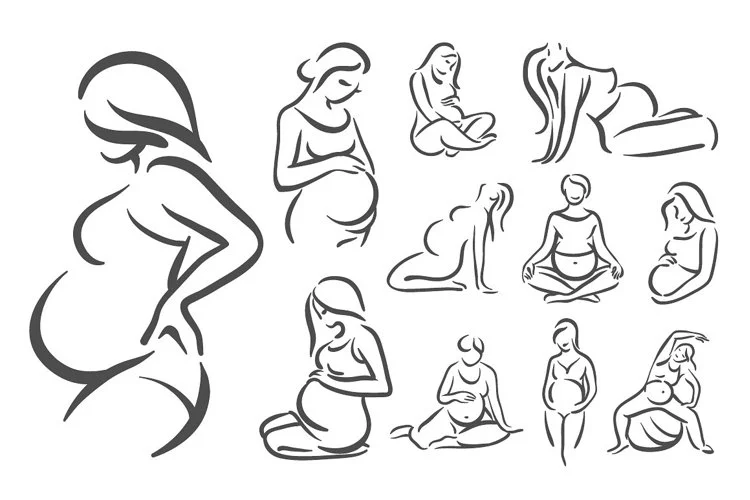Sometimes, being a girl in our society feels overwhelming. Don’t get me wrong—I cherish being a woman. I appreciate the unique blend of strength and nurturing that defines us. I take pride in the fact that my body created and nurtured three wonderful humans. Girls symbolize life, and that is an incredible thing.
However, what’s not so wonderful is the influence society exerts on girls’ perceptions of their bodies, or more importantly, how it shapes their thoughts about themselves. As a mother of two daughters—one a teenager and the other approaching those teen years—I find myself deeply engaged in conversations about body image. The messages we send to girls about their bodies are as diverse and complex as the bodies themselves.
On one side, we have the ubiquitous images in magazines showcasing unattainable beauty standards: thigh gaps, perfect abs, long legs, and the idealized curves. With the power of Photoshop, we are constantly inundated with pictures of flawless skin and unrealistic proportions.
I recall my own childhood when Kate Moss was the epitome of supermodel beauty. I longed for a smaller backside, influenced by the narrow-hipped, small-bootied models of the time. Then, as trends shifted, Kim Kardashian’s voluptuous figure became celebrated, and I realized how fickle and fabricated these beauty standards can be. I’ve witnessed how quickly perceptions can change.
My daughters, however, haven’t yet experienced this full spectrum of societal norms. While I strive to limit their exposure to these unrealistic portrayals, they’re everywhere. So, we have open discussions about body image, emphasizing that even the models they see do not look like that without filters and touch-ups.
Yet, the messages don’t stop there. They’re also taught the importance of health: eat well, exercise, and take care of your body. While these messages are crucial, they often come with an underlying notion that equates fat with being unhealthy or undesirable. This idea is pervasive. I do my best to explain that healthy individuals can have body fat, but the questions linger. How much is too much? What’s considered normal?
We focus on nourishing our bodies for energy and exercising for strength and endurance. However, it’s hard to ignore that many fitness experts don’t seem to embrace extra weight. Fitness magazines perpetuate the idea of achieving a “perfect” body, further complicating the narrative.
Then there’s the “love your body as it is” movement. This is empowering, yet it can also be confusing. While self-love is important, the sentiment of “I love being overweight” doesn’t always inspire confidence and seems to contradict the message of taking care of our bodies. It’s a paradox: how can one appreciate their body while wanting to change it?
As I ponder these messages, I worry about my girls’ futures. They currently have positive body images, but what if that changes? How do we guide them to prioritize health without exposing them to unrealistic comparisons? How can we discuss the importance of a well-groomed appearance while also emphasizing that looks aren’t everything?
And let’s not even dive into issues like dress codes that sexualize young girls’ bodies. The debate around swimwear—bikinis versus burkinis—poses another challenge. Both seem to represent the objectification of women, leaving me wondering what the right choice even is.
Every woman I know grapples with these concerns. I personally maintain a healthy body image, especially after having children, but I can’t deny that I still ponder how I might change my appearance if given the chance. Is this a result of years spent bombarded with images of so-called perfection? Can we truly be satisfied with our bodies? Can we instill this sense of self-acceptance in our daughters amidst all the mixed messages?
These are challenging questions that we must continue to explore with our daughters, offering them a safe space to discuss these topics. It’s essential to engage in these conversations so that they receive our supportive messages above all the others.
If you’re interested in learning more about home insemination, check out this article on intracervical insemination. For those seeking authoritative resources, Make a Mom offers excellent insights. Additionally, for anyone considering IVF, this resource about the IVF process is invaluable.
In summary, navigating the mixed messages about body image is an ongoing conversation. By fostering open discussions, we can help our daughters cultivate a healthy relationship with their bodies, empowering them to find balance amidst societal pressures.
